GRAND ROVER DISCOVERY? (some text hidden) --NONE--
BY ANDY ENRIGHT
Introductionword count: 94
The Rover 25 is a slightly modernised version of the successful 200 range. With its corporate grille and tightened up suspension, the 25 aims to appeal to a younger and more dynamic group of buyers than the 200 ever did. More realistic pricing from new helped the 25's cause, and has also made it an interesting used buy. For buyers who don't want the last word in technology or a cavernous interior the Rover 25 is worth a look. It certainly carries a bit more gravitas than a Ford Fiesta or a Fiat Punto.
Modelsword count: 25
Models Covered: (3/5 dr hatchback 1.4, 1.6, 1.8 petrol 2.0 diesel [base, E, L, S, GTi, il, iE, iXL, Si, SEi, SXi, Impression, Impression S])
Historyword count: 301
When the Rover 25 was unveiled at the London Motor Show in 1999 the key change to the car was not anything physical, it was more the market positioning. Previously the 200 series had tried to compete against larger cars like the Vauxhall Astra and Ford Focus, but Rover had seen the light, pitching the new 25 against Fiesta and Corsa sized offerings. Here it was at an immediate advantage, feeling bigger and more substantial than its immediate rivals. Available with two body styles, four petrol engines, one diesel and with five different trim levels to choose from, there's a wide array of variants, but the choices are quite logical. Base, E and L trim levels were available with the 1.4i 8-valve engine, L and S trim levels with the 1.4i 16-valve and 1.6-litre engines and E, L and S trim designations offered with the 2.0-litre turbodiesel. All models, even the 1.8 GTi were available in three or five-door body types. A round of styling changes brought in during the summer of 2004 did much to modernise the 25's appearance. The sharper twin-lens headlamps were the key feature at the front while the tailgate featured bold 'ROVER' lettering in chrome and a 25 badge. Inside, four circular air vents were added at the top of the dash. Other changes include a beefed-up locking and security system as well as a series of tweaks to brakes, steering and pedal positioning. Trim levels were revised to i, Si, SEi, and SXi. The 25 soldiered on into 2005 with yet more trim options. GLi, GSi and GXi badged cars were added to the line up featuring leather upholstery and wood finishes to try and emphasise the 25's 'Britishness' and 'classy' appeal. The 25 ceased to be in 2005 with the demise of MG Rover.
What You Getword count: 456
Despite changing little from the previous 200 series, the Rover 25 range's engines are more efficient, particularly the new 84PS 1.4-litre 16v unit. This powerplant has accounted for the majority of sales. For buyers with a little more to spend, the 1.4 also comes in 103PS form, plus there are also 1.6 and 1.8-litre petrol options as well as a 143bhp 1.8 VVC unit (borrowed from the MGF) for the range-topping GTi. Arguably the most significant under-bonnet changes have been reserved for the 2.0-litre turbo diesel. It features a new high pressure injection system that does little for the 98bhp power output but much for the crucial torque curve, giving extraordinary pulling power through the gears. Even in high gears at low speeds, acceleration is instant, a match in fact even for the 2.5-litre V6 used on the 75 luxury saloon. A diesel, in other words, to convince even die-hard petrol buyers - or at least that's the idea. Inside, the changes are relatively minor, though there's a new-style three-spoke rake-adjustable steering wheel with remote audio controls and a larger 45-litre airbag. Extra storage spaces are welcome, as are the redesigned seats, fitted with height adjustment for the driver in most models. At the back, there are rear head restraints and three-point seat belts for three passengers - though to travel five-up, you'd need to be pretty friendly with your companions. Still, this is a supermini. Not that you'd know that from lifting the tailgate. The 25's 10.7cuft with the split-folding rear seats up is class-leading, though access to the boot area is slightly hindered by a rather narrow opening. Not that it's such practical issues you'll remember after taking a test drive. Class and quality, as we suggested at the beginning, are what this car is about. Which is why the dashboard plastics are a grade above what you would normally expect for a car of this class. It's why there's wood trim in the cabin of even the cheapest models. It's why the interior trim has been styled with such care (a choice of two-tone fabric or fabric/leather combinations). There's a range of pretty alloy wheels too, plus a selection of fresh colours (Wedgewood Blue, Sienna Gold and Alumina Green), with availability depending on your choice between trim levels that vary through i, iE, iL and iS to plushest GTi. On the safety front, there are seatbelt load limiters and new airbag deployment sensors, plus larger door mirrors. Moreover, the new headlamps develop 60% more illumination and the new, bigger bumpers offer much better impact absorption. All-round crash integrity is also said to be improved and ABS is standard on all 1.6 and 1.8-litre models to stop you losing control in the first place.
To see the full road test text contact us on 0330 0020 227
Pictures (high res disabled)
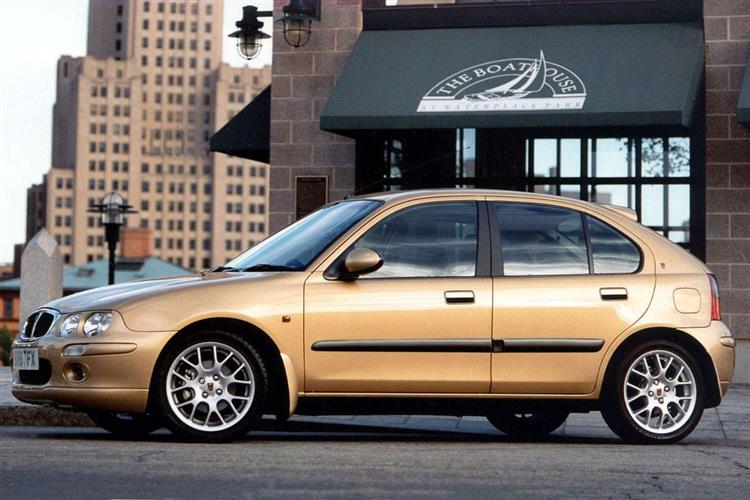
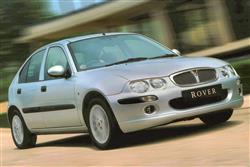
|
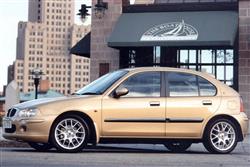
|
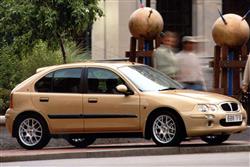
| |||
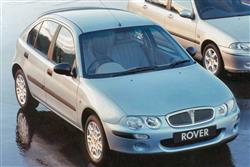
|
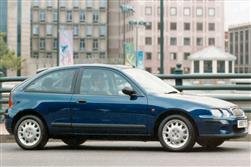
|
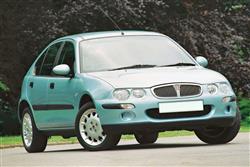
| |||

|
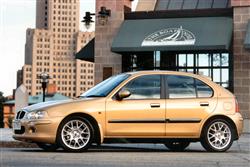
|
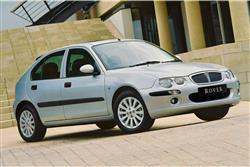
| |||
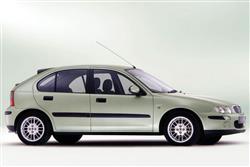
|
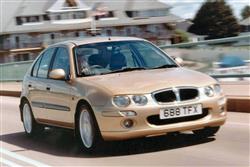
|
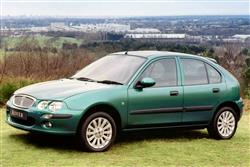
|
Scoring (subset of scores)
Category: Small Runabouts
| Performance | |
| Handling | |
| Comfort | |
| Space | |
| Styling, Build, Value, Equipment, Depreciation, Handling, Insurance and Total scores are available with our full data feed. | |



